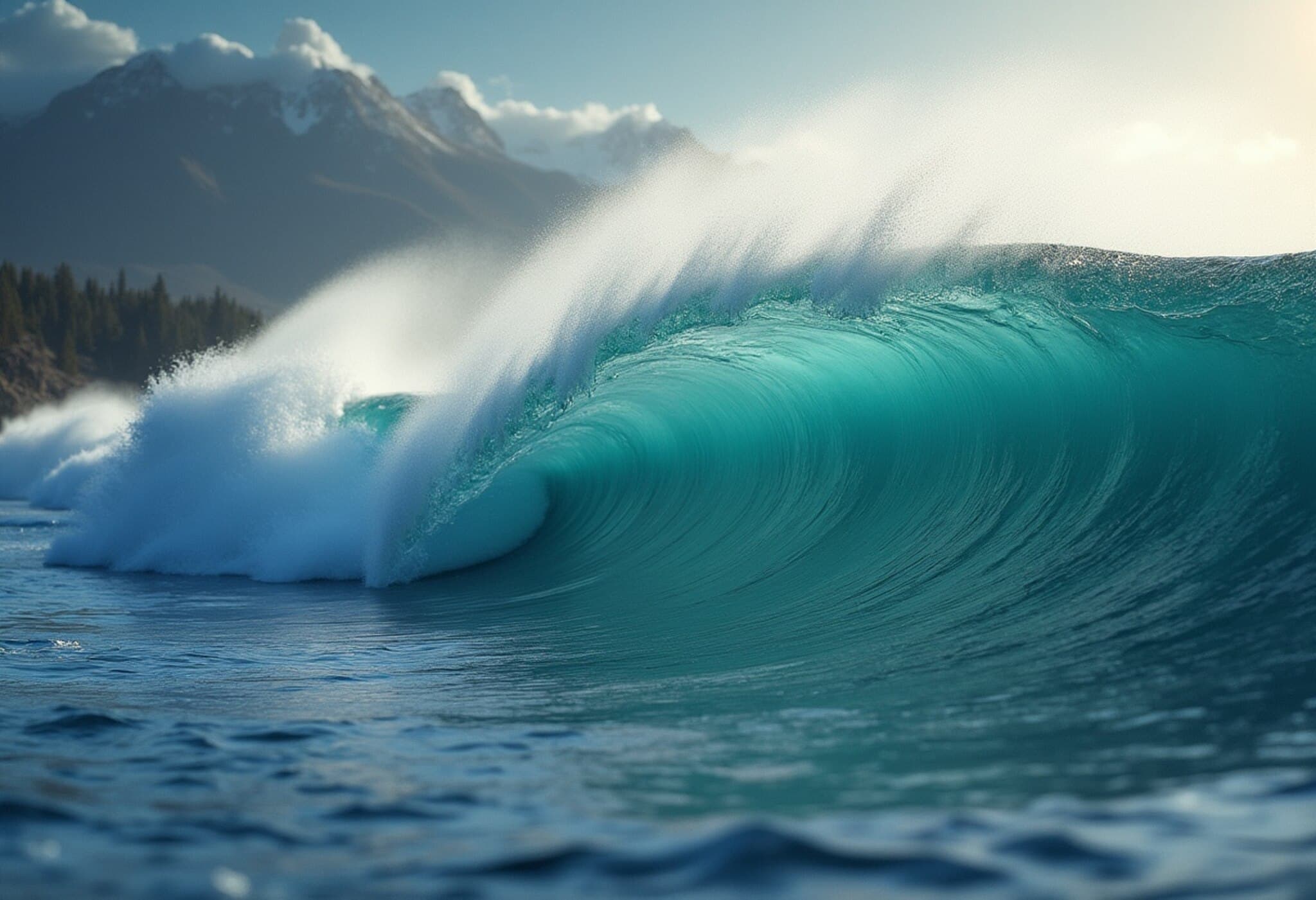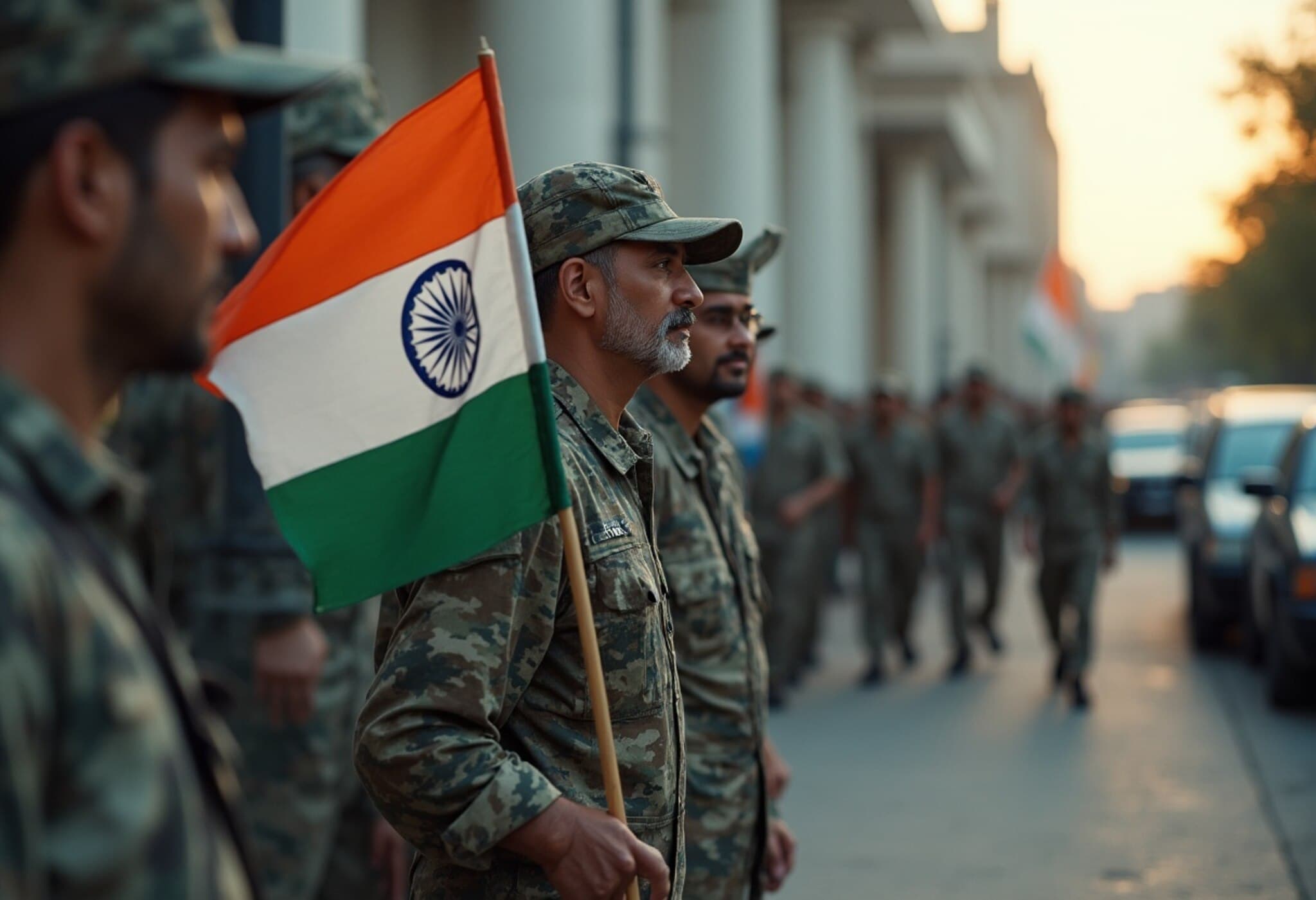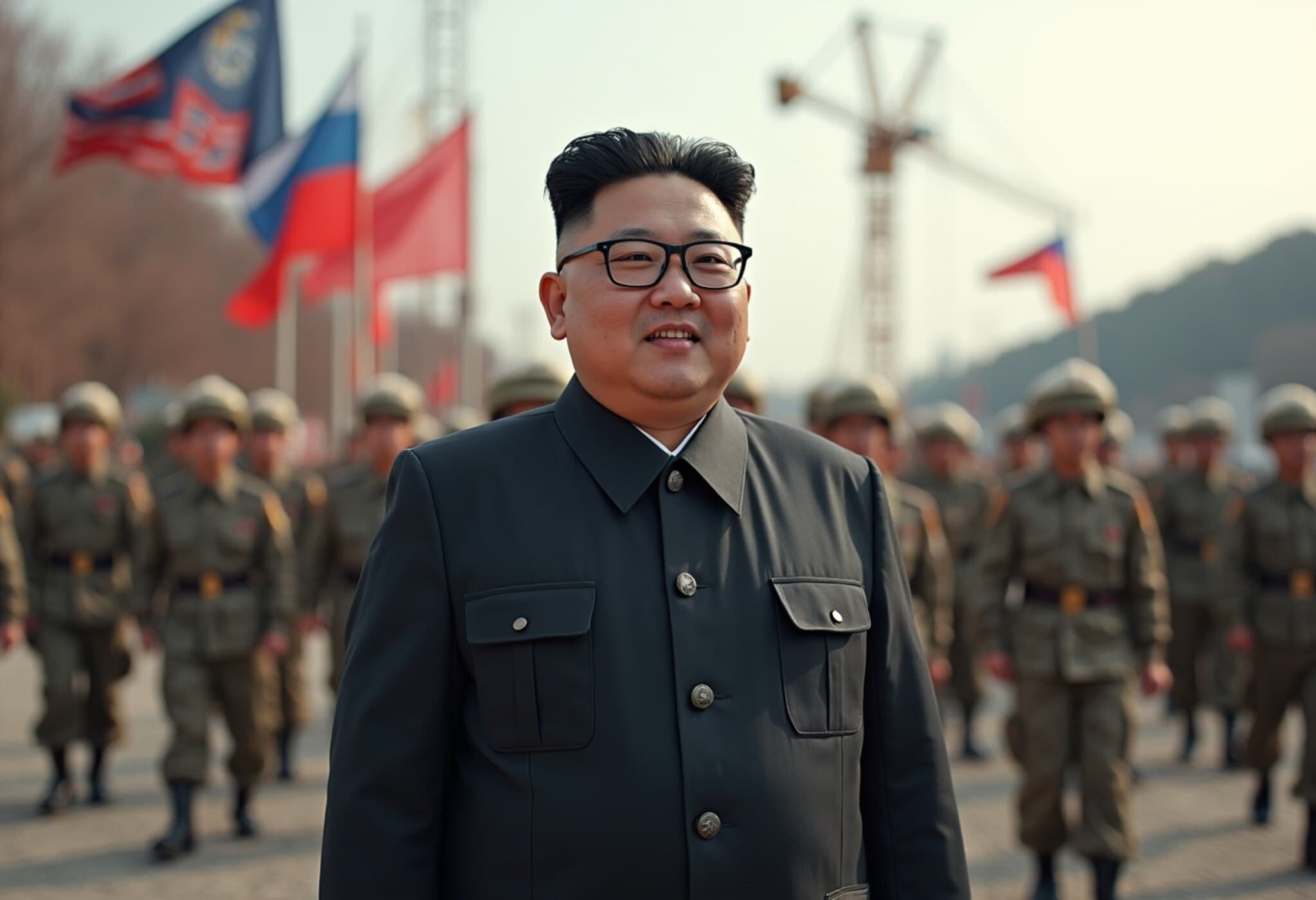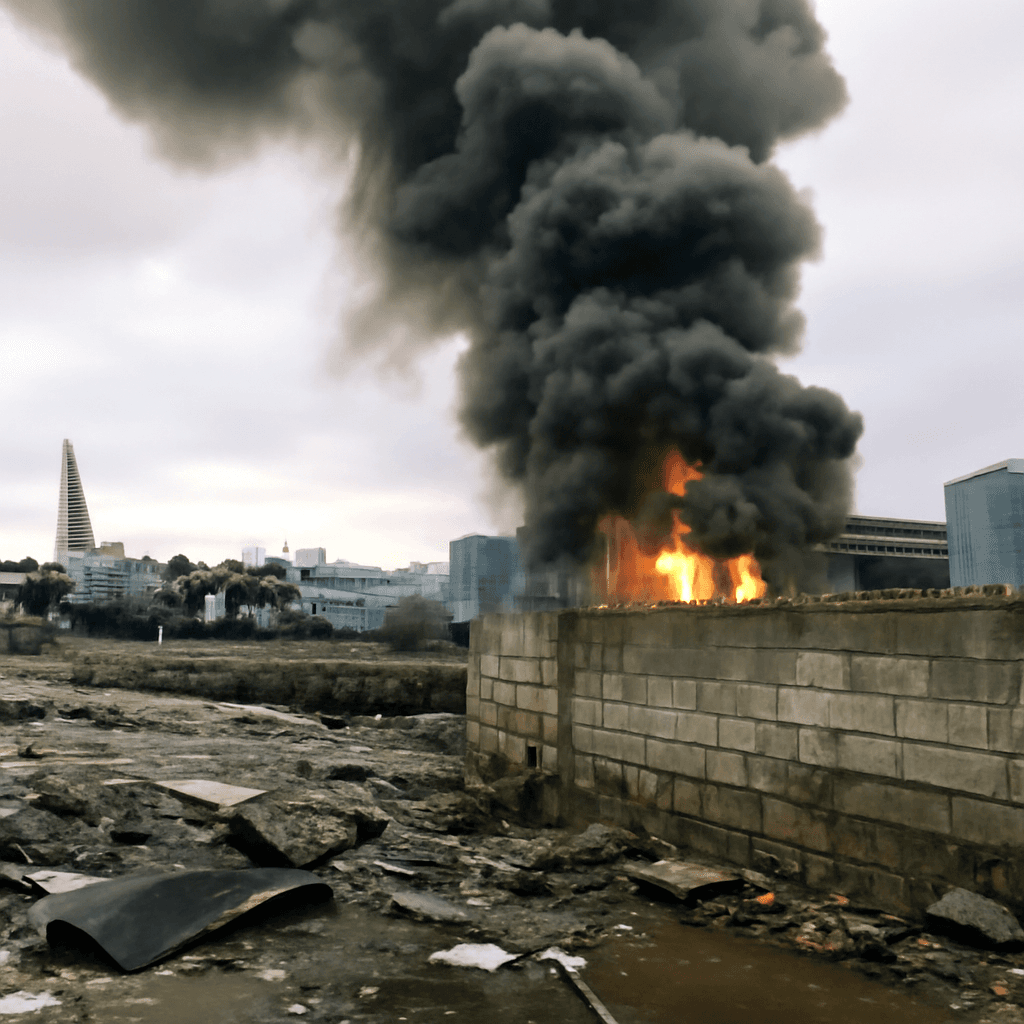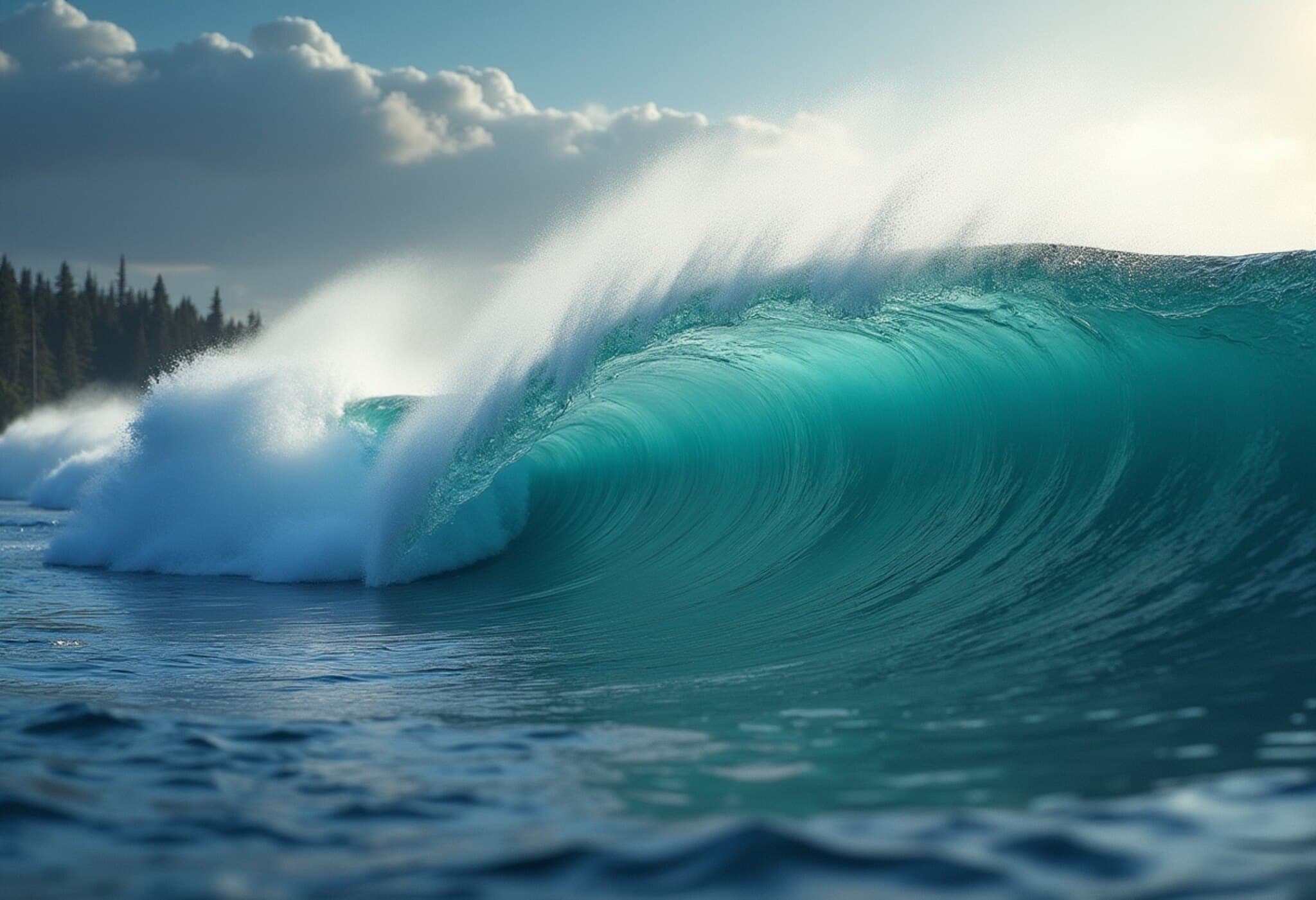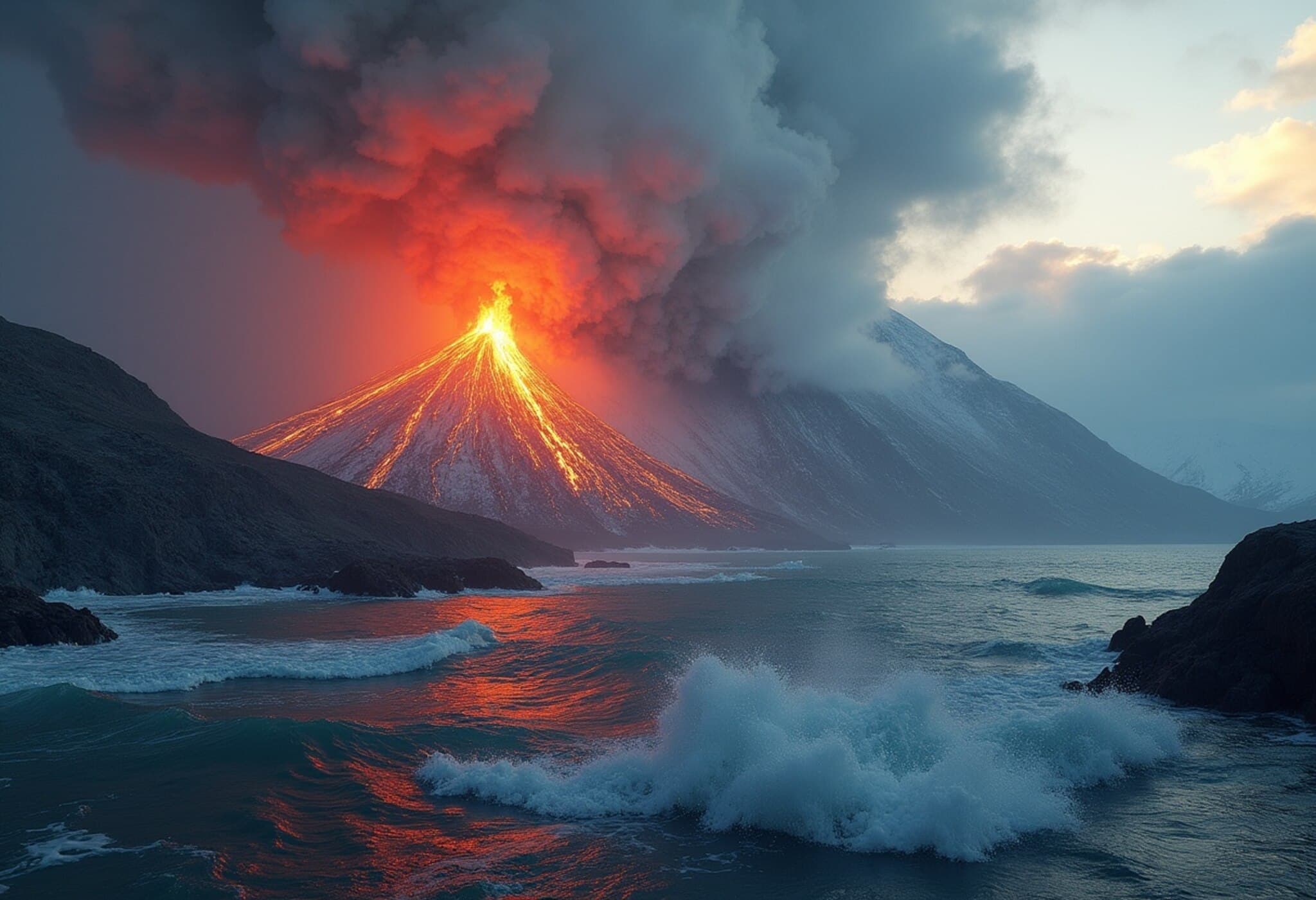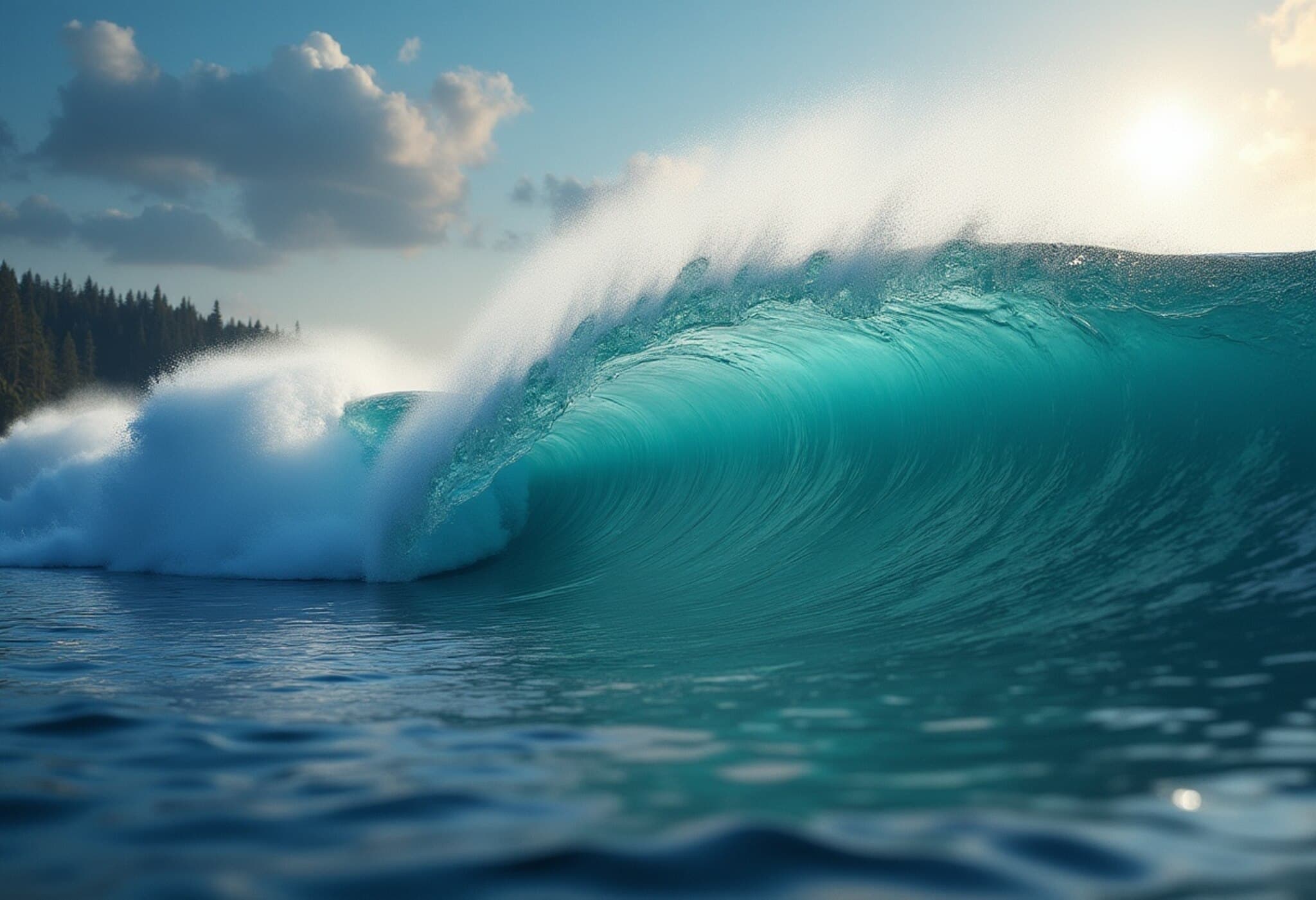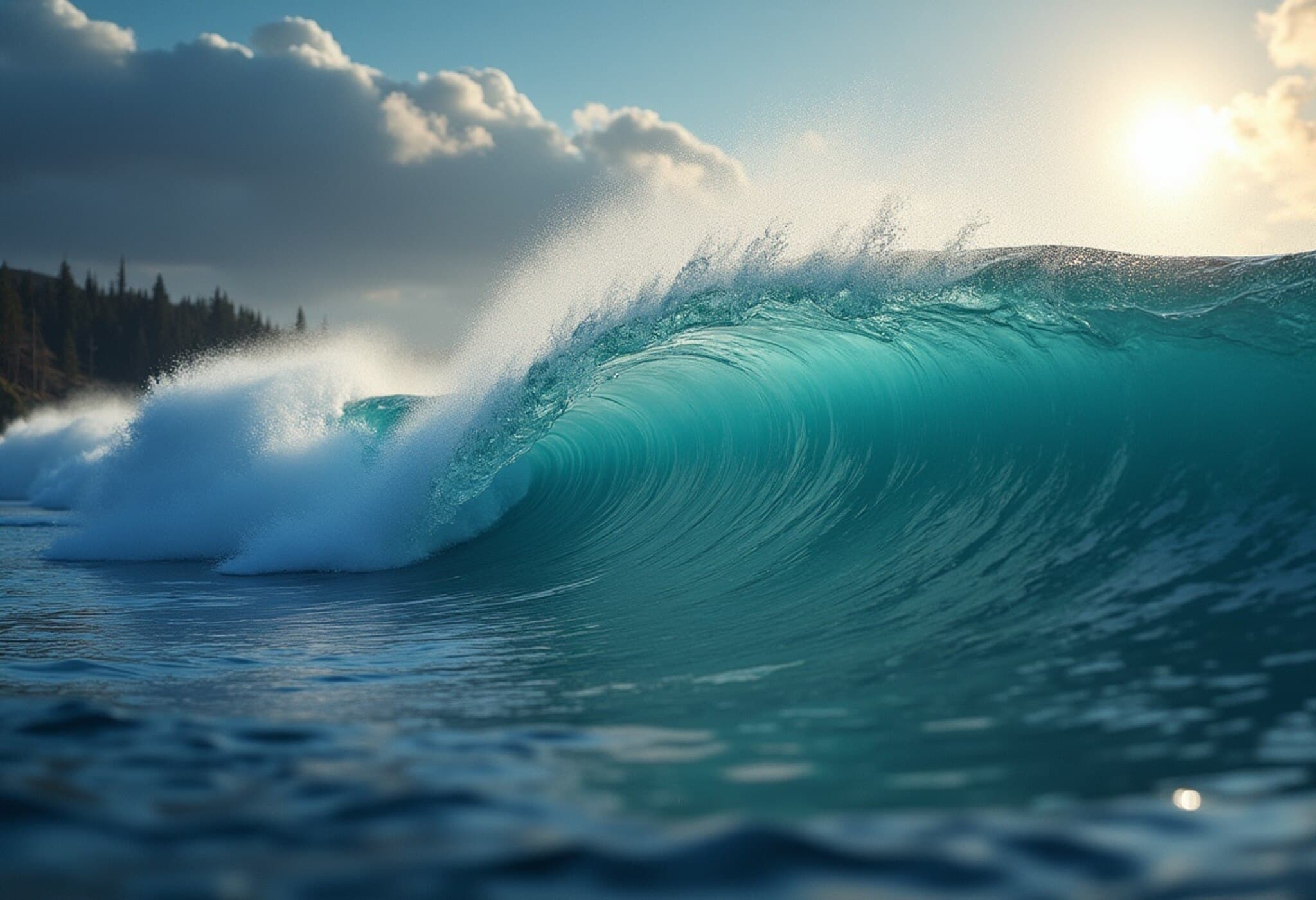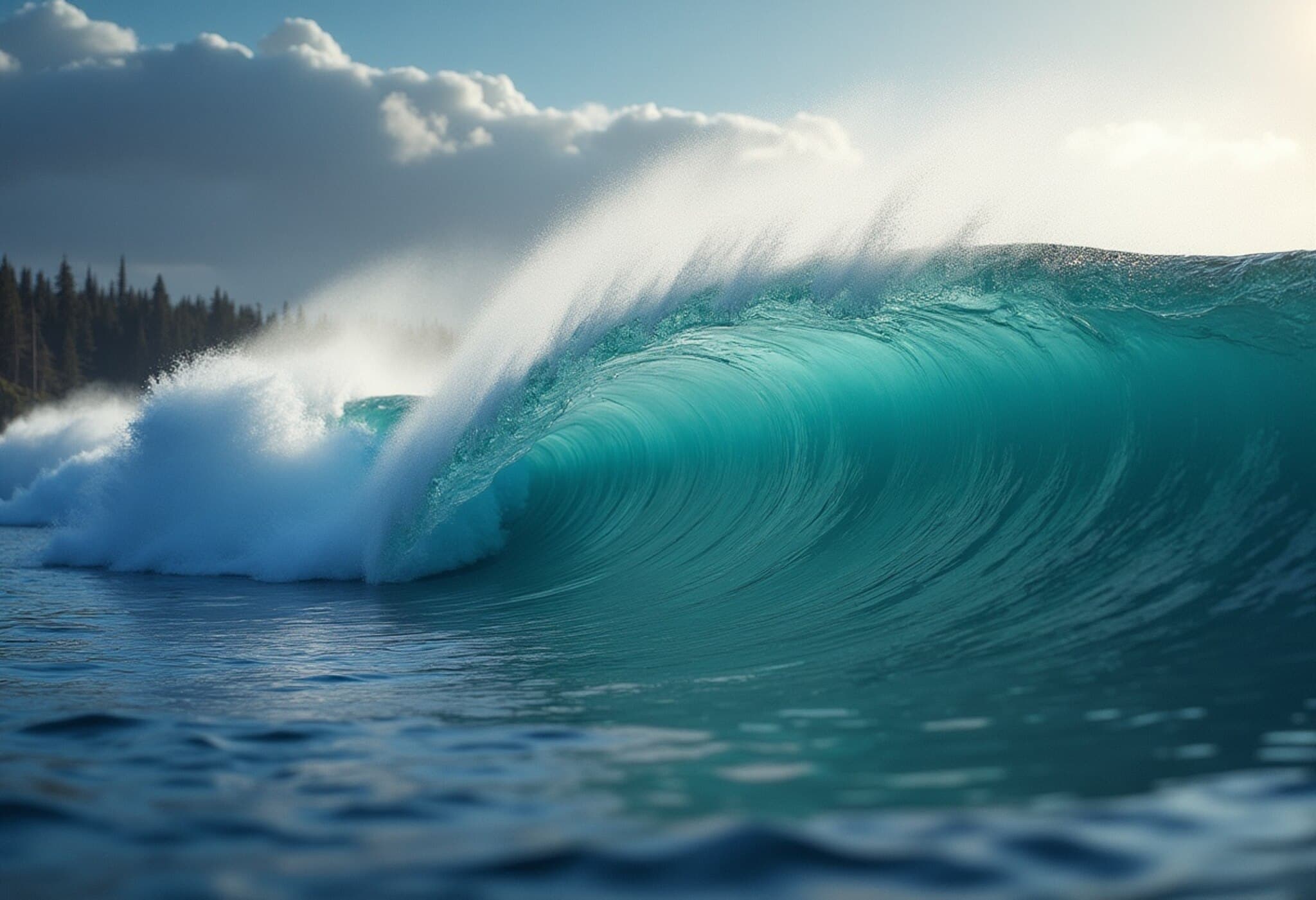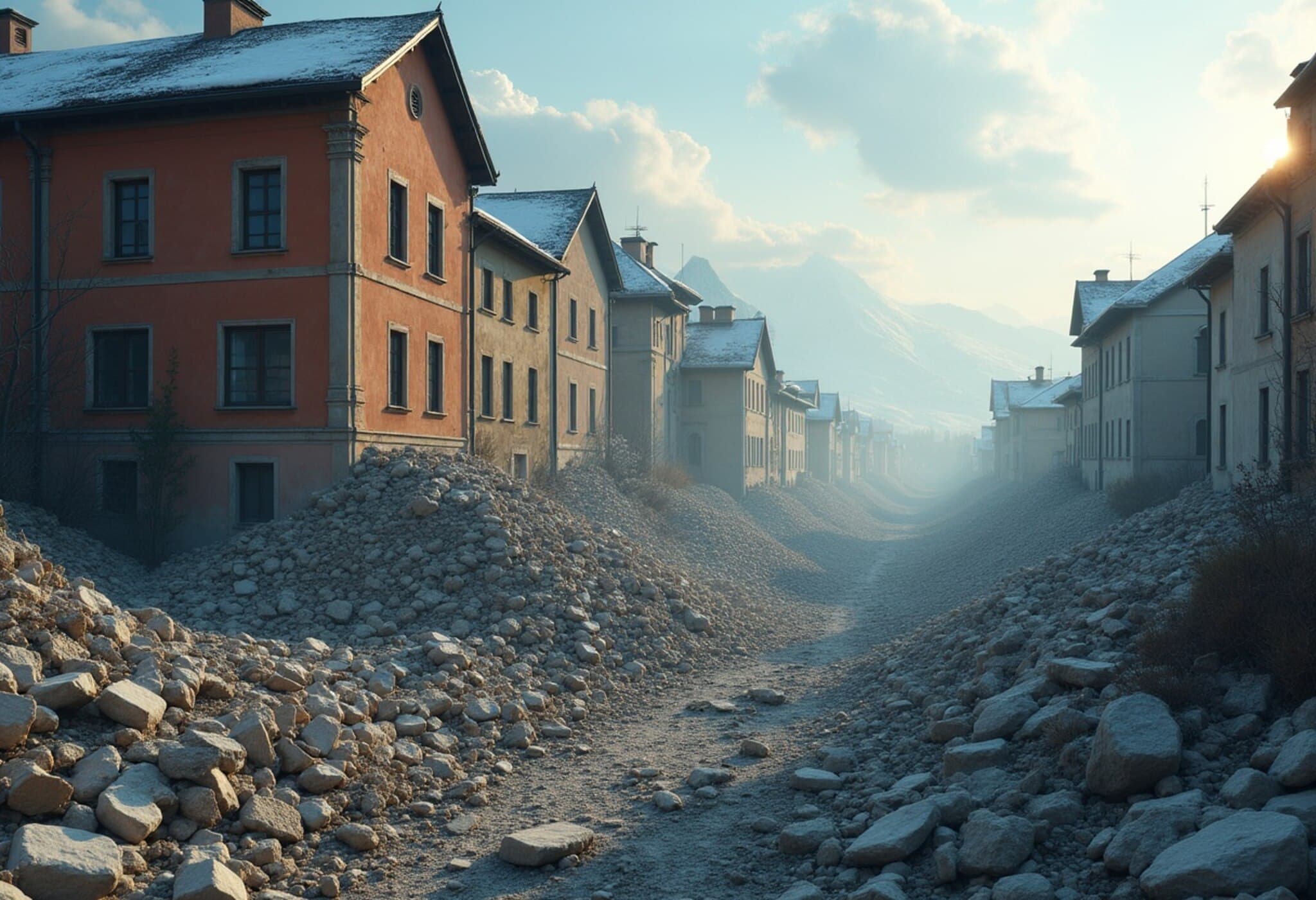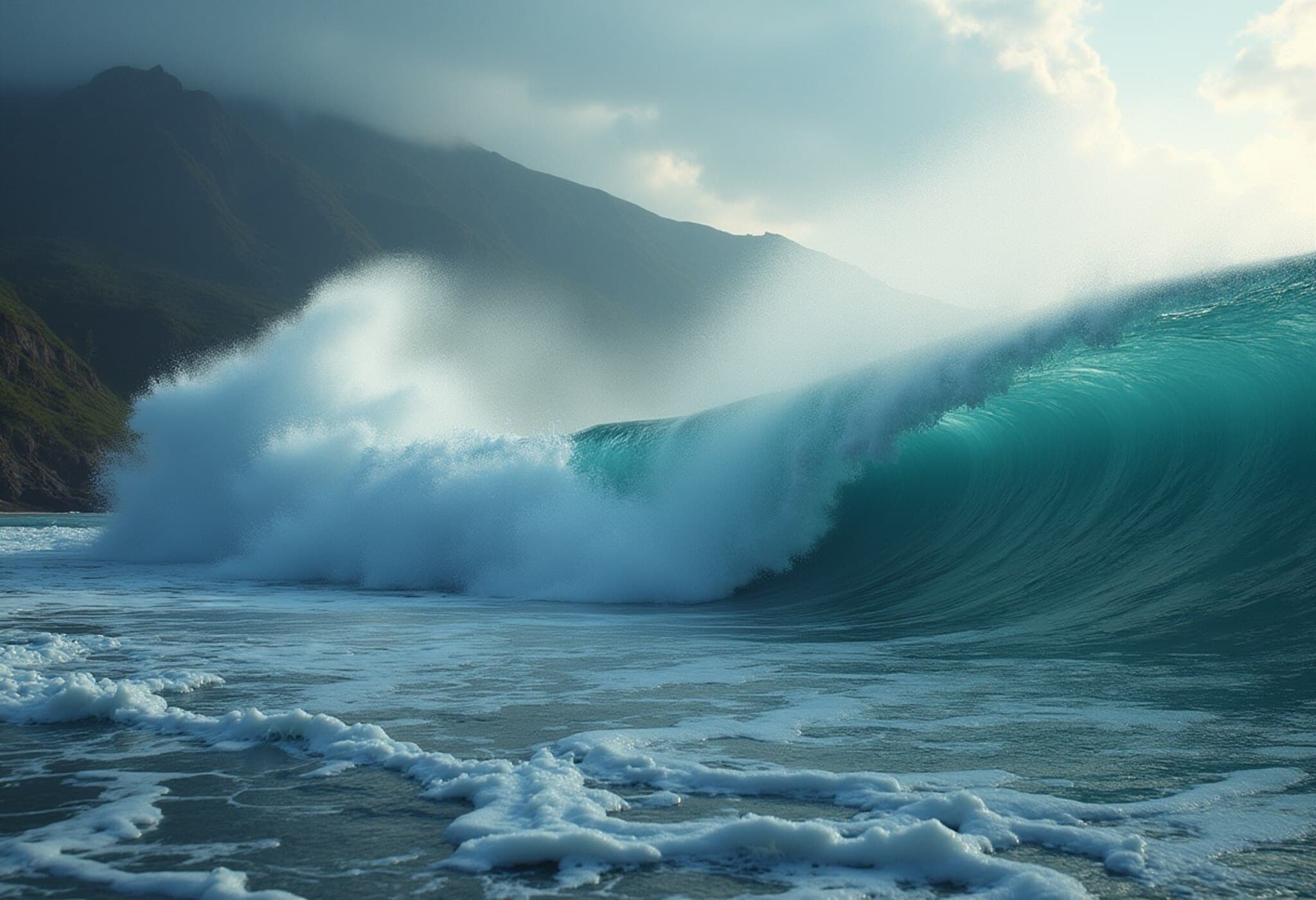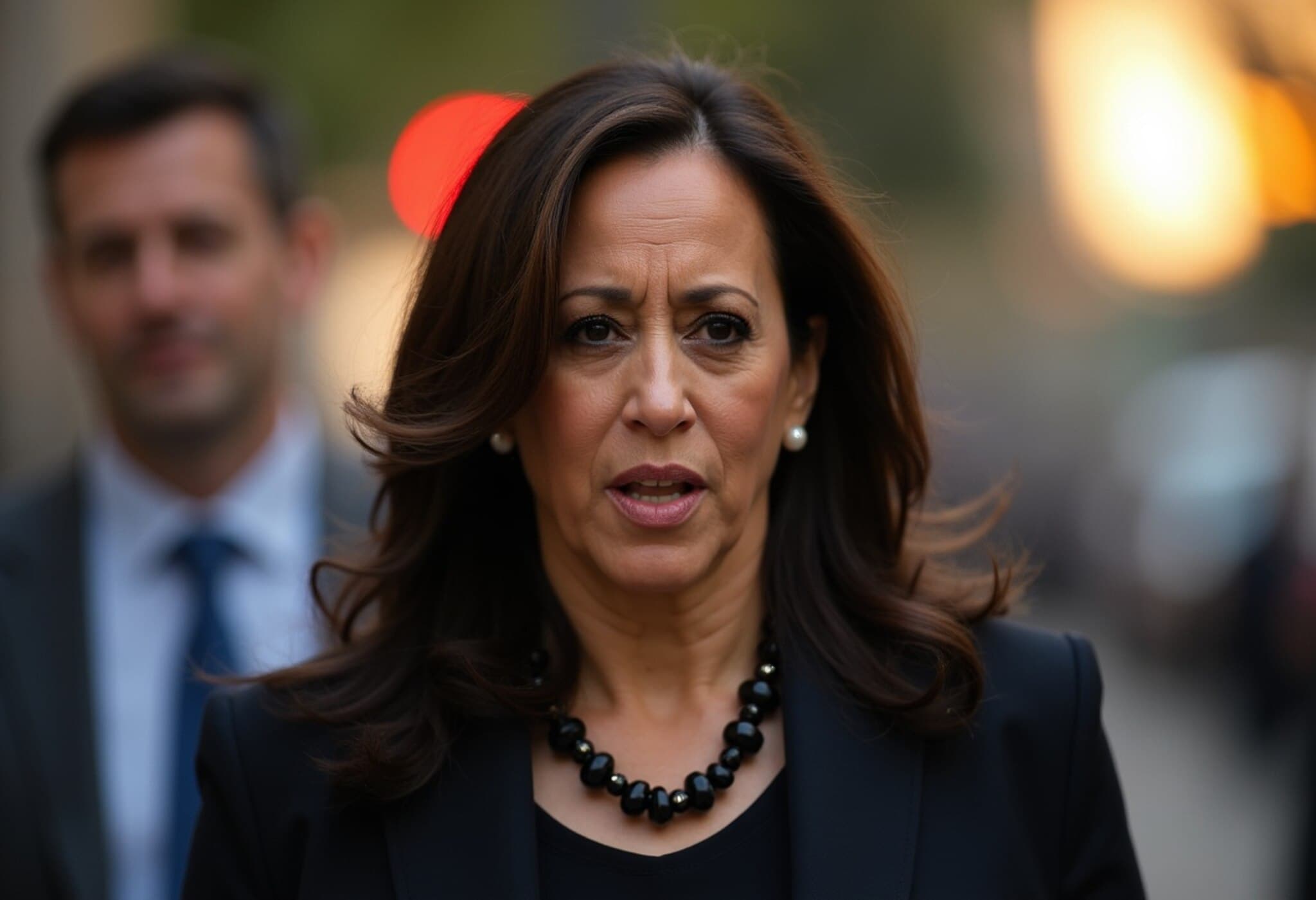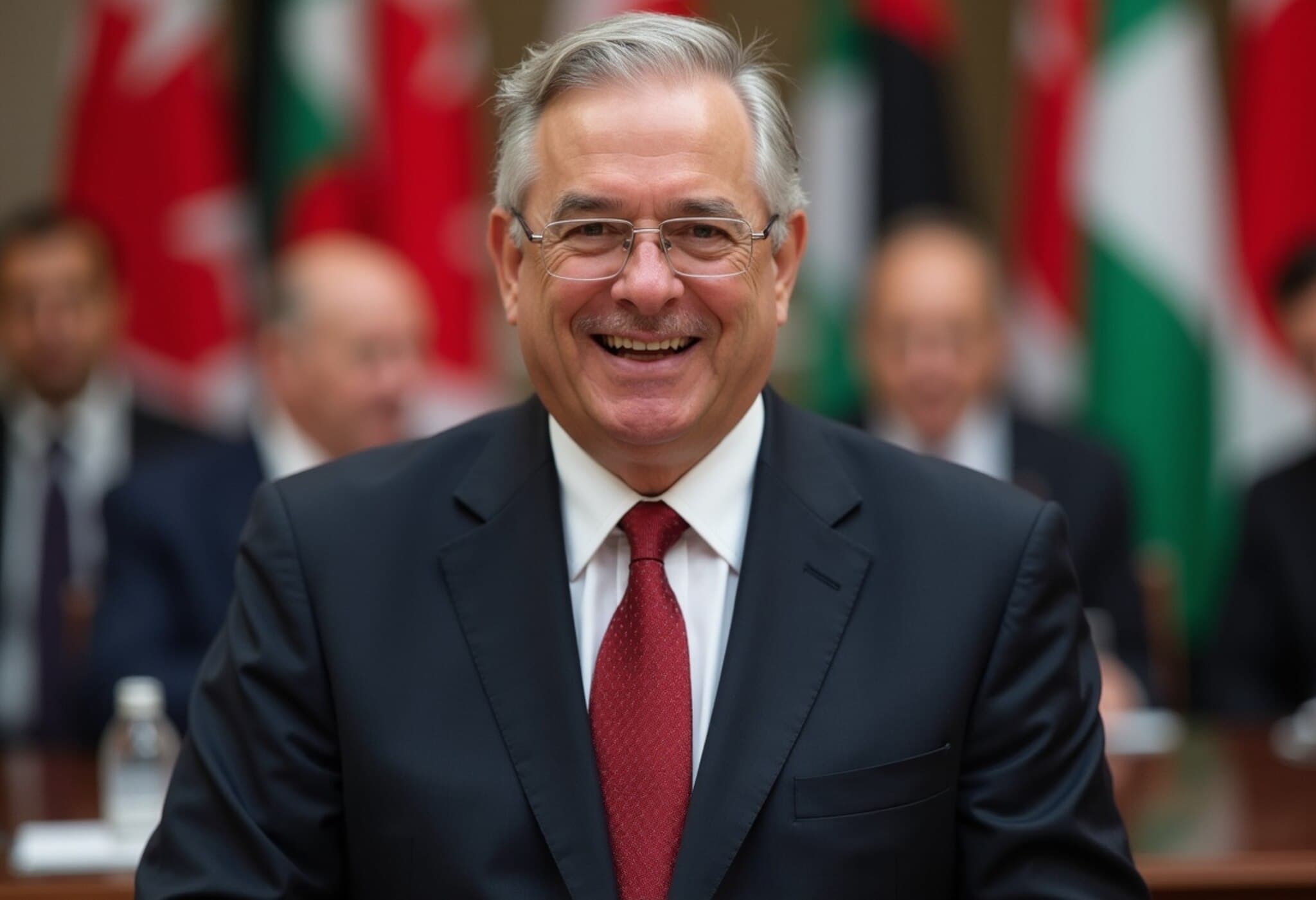Millions Return Home as Tsunami Warnings Are Lifted Across the Pacific Rim
After a powerful 8.8-magnitude earthquake rattled Russia’s Kamchatka Peninsula, triggering widespread tsunami alarms from Japan to the United States and Ecuador, authorities have now lifted these warnings. Millions of coastal residents, who heeded evacuation orders and sought higher ground, are returning to their homes, relieved that the feared catastrophic effects did not materialize.
A Sudden Shock in the Russian Far East
On July 29, 2025, one of the strongest earthquakes in the region since 1952 struck off Russia’s sparsely populated Far East, striking the Kamchatka Peninsula with immense force. The seismic event, recorded as one of the ten most powerful tremors globally since 1900, prompted a flurry of tsunami alerts across the Pacific basin.
The magnitude and location of the quake raised serious concerns because of its potential to generate dangerous waves and widespread disruption across Pacific coastlines.
Coordinated Evacuations and Preparedness Efforts
- Japan: Nearly two million people in Japan were advised to move to higher ground, while the Fukushima nuclear plant was temporarily evacuated as precautionary measures.
- Chile: Authorities coordinated what the Interior Ministry called "perhaps the most massive evacuation ever carried out in our country," with 1.4 million residents relocating inland. Fortunately, Chile registered wave heights of only about 60 centimeters on the north coast and no reported damage or casualties.
- Galapagos Islands, Ecuador: Despite predictions of waves up to three meters, the actual surge was slightly over one meter, causing no damage, and daily life has begun to return to normal.
- United States (Hawaii): Flights to and from Maui were temporarily cancelled to mitigate risk amidst the uncertainty.
- Peru: 65 of 121 Pacific ports were shut down as a precautionary measure to ensure safety along vast coastlines.
The Human Toll and Damage Assessment
Thankfully, the tsunami-related deaths were minimal. The only reported fatality was a woman in Japan, who tragically died attempting to escape by driving off a cliff. Meanwhile, in Russia, the port town of Severo-Kurilsk was hit by tsunami waves that submerged local fishing infrastructure and swept debris into the sea, illustrating the raw power of the surge. However, damage was mostly limited, with no mass casualties reported.
Additionally, Russian scientists observed an eruption of the Klyuchevskoy volcano shortly after the earthquake, adding complexity to natural hazard monitoring in the region.
Geological and Scientific Insights
The regional seismic monitoring service and the US Geological Survey (USGS) underscore the ongoing risk in the region, with aftershocks continuing to shake the area, including one registering a magnitude of 6.9. Experts warn there is a significant probability (estimated at 59%) of further aftershocks above magnitude 7.0 within the next week.
This sequence of events highlights the critical importance of robust early-warning systems, community preparedness, and cross-national cooperation in response to megathrust earthquakes and their aftermath.
Broader Context and Implications
While the immediate danger has passed for most of the Pacific Rim, this event offers a sobering reminder of the Pacific “Ring of Fire”’s volatility, where tectonic boundaries frequently spawn earthquakes and volcanic events. It also raises important questions about how communities, especially those with vulnerable infrastructure or nuclear facilities, continue to prepare for and withstand such disasters.
For instance, the temporary evacuation of the Fukushima nuclear power plant revisits concerns about how earthquake and tsunami risks intersect with nuclear safety—an issue still etched deeply in public consciousness since the devastating 2011 disaster.
Looking Ahead: Preparedness as a Continuous Endeavor
As millions return home, local governments and international agencies face the pressing task of revisiting and refining evacuation strategies, communication systems, and emergency responses. These efforts are central to mitigating future risks and safeguarding lives in the world’s most seismically active zones.
Expert commentary: Dr. Emily Chang, a seismologist based in California, notes, "Events like this serve as harsh reminders not only of nature's power but also of the progress made in tsunami warning technologies and disaster response coordination. The challenge remains in ensuring these systems reach all vulnerable populations in time, especially in remote regions like Kamchatka."
Editor’s Note
This extensive Pacific Rim tsunami alert, sparked by a major earthquake in Russia, underscores the vital interconnection of Earth’s seismic systems and human communities across continents and oceans. With millions heeding evacuation warnings and authorities acting swiftly to prevent loss of life, the event highlights both the terrifying unpredictability of natural disasters and the life-saving power of preparedness and international cooperation.
As we analyze the limited damage and casualties, we must continue to ask: Are our disaster response frameworks comprehensive enough? How do we better safeguard vulnerable coastal and nuclear sites? And how can technology and community education evolve to foster resilience in the face of nature’s most daunting threats? This recent event is a call to action—to adapt, anticipate, and build stronger together.

